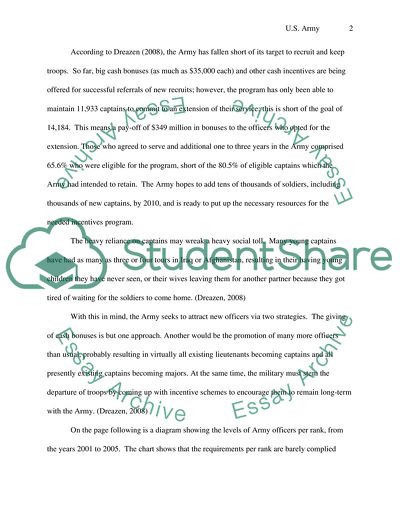Cite this document
(Organizational Behavior in the United States Army Report, n.d.)
Organizational Behavior in the United States Army Report. https://studentshare.org/human-resources/1725702-organizational-behavior-in-the-united-states-army
Organizational Behavior in the United States Army Report. https://studentshare.org/human-resources/1725702-organizational-behavior-in-the-united-states-army
(Organizational Behavior in the United States Army Report)
Organizational Behavior in the United States Army Report. https://studentshare.org/human-resources/1725702-organizational-behavior-in-the-united-states-army.
Organizational Behavior in the United States Army Report. https://studentshare.org/human-resources/1725702-organizational-behavior-in-the-united-states-army.
“Organizational Behavior in the United States Army Report”. https://studentshare.org/human-resources/1725702-organizational-behavior-in-the-united-states-army.


